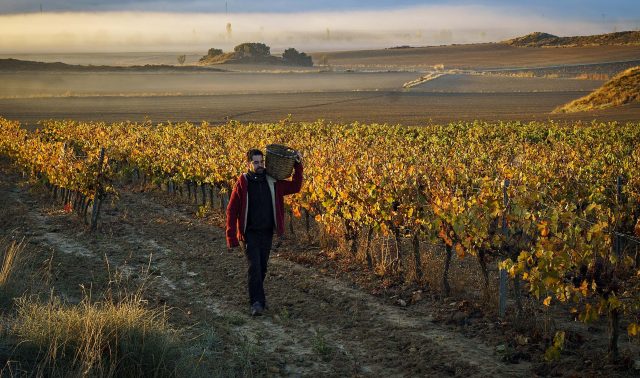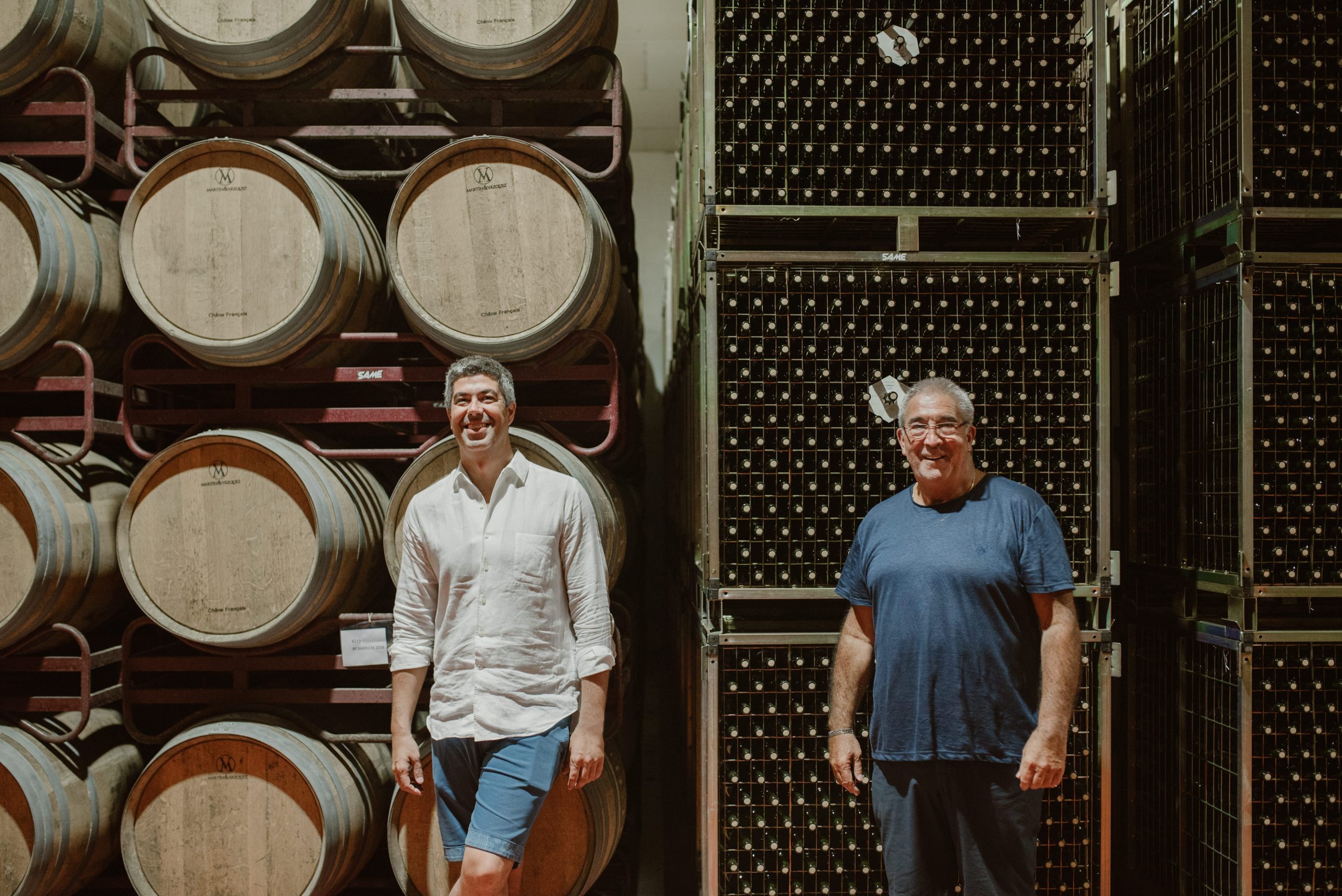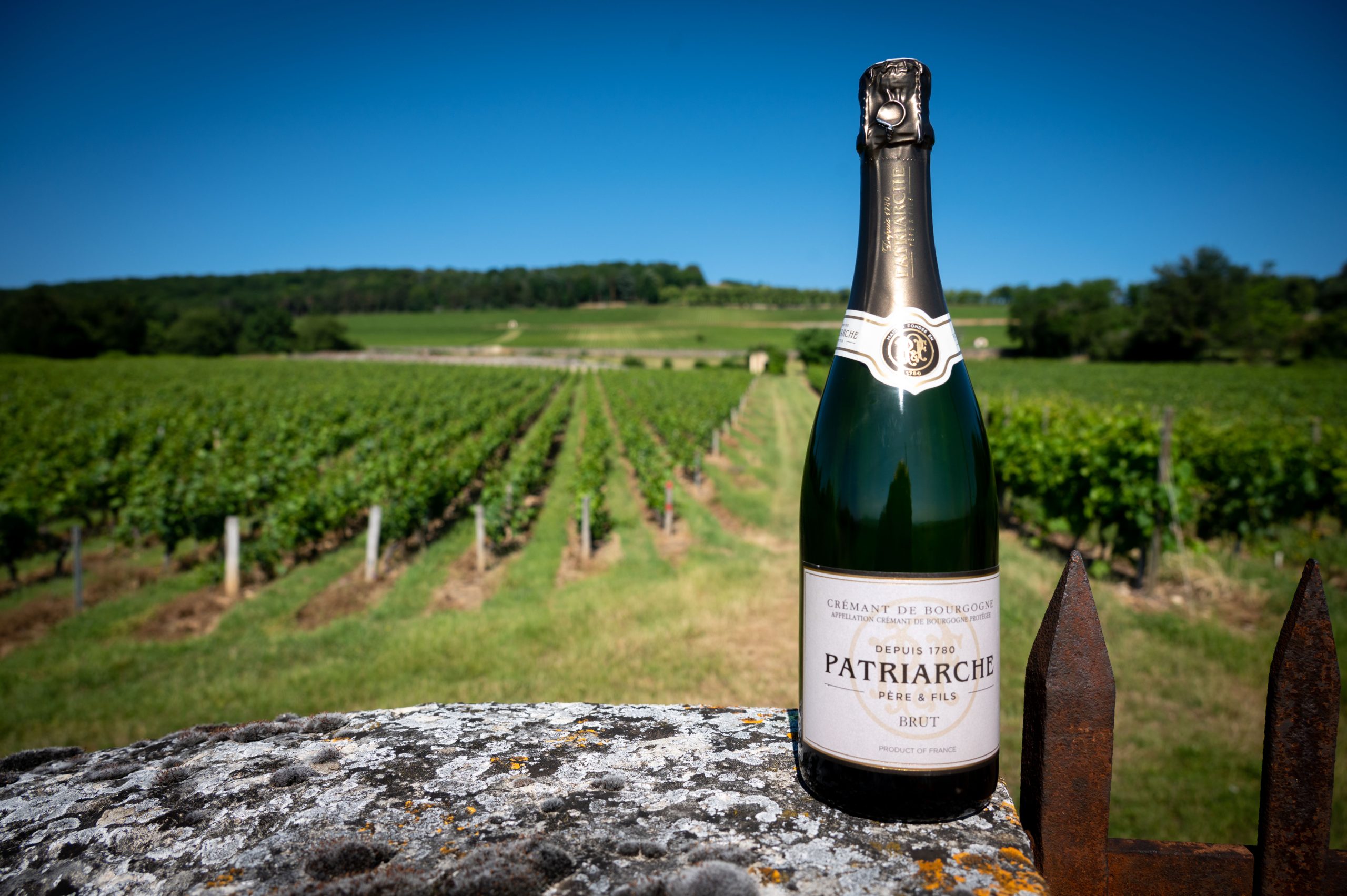D.O. Navarra: adaptation through innovation
Despite high hopes for the 2022 vintage, the producers of D.O. Navarra are not resting on their vine leaves when it comes to ensuring the long-term sustainability of the region.

Though its rosado wines are well-known, Navarra is also producing everything from Gran Reserva reds to fresh whites, as well as what’s in between. As D.O. Navarra general manager Elena Arraiza puts it: “In the case of Navarra, reducing such a rich region to a single wine and variety is almost an impossible mission.”
Such stylistic diversity is to be expected from a region with such a range of terroirs: “In our region, the variety of altitudes and latitudes makes it possible for us to produce fresh and lively wines. What differentiates Navarra is its geographical location and the wealth of wine styles the region includes…We must not forget that within its boundaries, Navarra incorporates one of the main deserts in Europe, the Bardenas Reales, and also the most lush forest, the Selva de Irati – both within just 100 kilometres of each other,” Arraiza continues.
Navarra’s continental climate was especially noticeable during the heatwaves of this summer, when the mercury hovered around 40°C. The harvest started on 18 August in the Ribera Baja and Alta sub-zones, making it the earliest-recorded harvest in Navarra, about a week ahead of the historic average. But, looking at the 2022 vintage, Arraiza notes that the grapes, especially Garnacha, were of good quality: “Lack of rainfall marks this vintage, which developed well. The grapes were healthy and in perfect condition. As a result, the 85 wineries and 1,750 growers in the region have collected 10,000 hectares in a staggered fashion and a maximum ripeness.”
President of the D.O. Navarra, David Palacios, adds: “The magnificent weather conditions during harvest have meant that the grapes are very high quality this year. This means that we will have the best wines to face the challenges of the wine market this year.”
Though there might be a temptation to consider the harvest an immediate concern and climate change as something to worry about for the future, producers in the region know that this is not the case, as Arraiza explains: “Sustainability is no longer an objective for the future, it has become an indisputable element in any strategic plan for the present. And in Navarra, thanks to initiatives like Smart Wine, we are becoming very aware of this. On the other hand, we are convinced that the new direction for Navarra, mentioned before, will have sustainable practices at its heart.”
Partner Content

In the first phase of the Smart Sustainable Wine Project, a series of economic, social and environmental indicators have been identified to assess the sustainability of wine production on all levels, from vine to bottle.
Indeed, Navarra seems to be in a strong position to cope with climatic challenges, particularly given the region’s history of embracing international varieties that might be better-suited, as Arraiza explains: “These varieties are producing excellent results and are part of our viticultural history, dating back over centuries…For example, Chardonnay has been grown in Navarra since it was a kingdom”.
Today, Navarra produces some of Spain’s best expressions of Chardonnay. Equally, there are also blends of the native varieties of Tempranillo and Garnacha with international ones, such as Merlot and Cabernet Sauvignon, which are earning recognition for their quality. Indeed, these international varieties have been cultivated in the region since the late 19th Century.
Oenology has moved on considerably since then. There are currently a series of cutting-edge studies being carried out by Navarra D.O. into the DNA of the varieties grown in the region. This research signifies an effort to get beneath the grape skin and determine traits which might be advantageous in the future, and is a further demonstration of how the region’s adaptation to changing conditions is punctuated by innovation.
Related news
Muriel Wines' portfolio stays true to its Rioja roots




